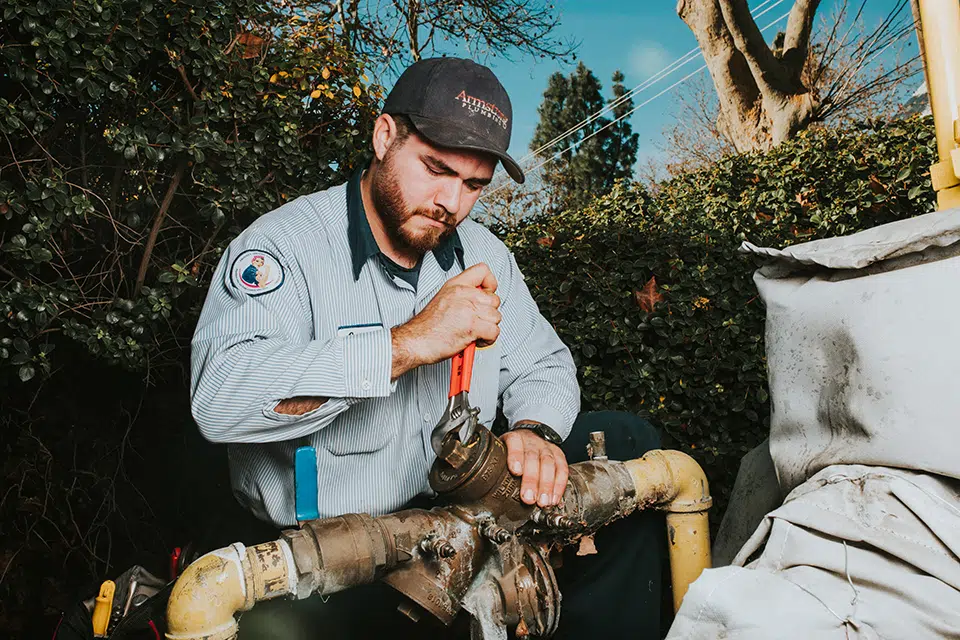Back-Flow Testing: Why You Should Do Annual Testing

What Are the Causes of Backflow?
What is a backflow? Backflow is when the direction of water or sewage is reversed in a home or city plumbing system.
As a result, contamination can occur through either siphonage or back-pressure. Siphonage is when the water direction reverses due to a reduction of water pressure.
The most common cause of this is a water main break. Back-pressure occurs when the downstream pressure is higher than the supply chain pressure.
One of the most common causes is equipment malfunctions, such as defective pump systems. Without proper testing or prevention, backflow can cause serious illness, disease, and even death.
Backflow testing can prevent contamination and protect the health and quality of life of your family. There are very specific health problems that can be avoided through backflow testing.
Dangers of Backflows:
In the past major outbreaks of typhoid, dysentery and salmonella have all occurred due to backflow. However, in modern times, the most common problems associated with backflow are sewer backups.
When siphonage occurs, sewer backflow causes contaminated water to flow back into the plumbing system. Sewer water is loaded with a variety of harmful bacteria that can cause serious health problems. For example, common bacteria include E. Coli, Salmonella, and hepatitis.
However, there are less common, yet very harmful bacteria that are found in sewer water. For example, Acanthamoeba (causing eye, nose, throat, and ear infections), Helicobacter Pylori (causing ulcers), and leptospirosis (causing muscle aches and vomiting). All of these bacterial infections can be avoided through annual backflow testing.
Solution:
Backflow testing will ensure that backflow preventers are working properly.
These devices are placed in plumbing cross-connections, where drinking water may possibly become contaminated. However, backflow can also occur outside the home.
That is, irrigation or sprinkler systems must have backflow preventers in order to stop lawn fertilizer from contaminating drinking water.
Keep in mind that only a plumbing professional, licensed by the local govt. or state is allowed to perform backflow testing.
Regular backflow testing will keep both you and your family safe and healthy.
Call (916) 641-0886
